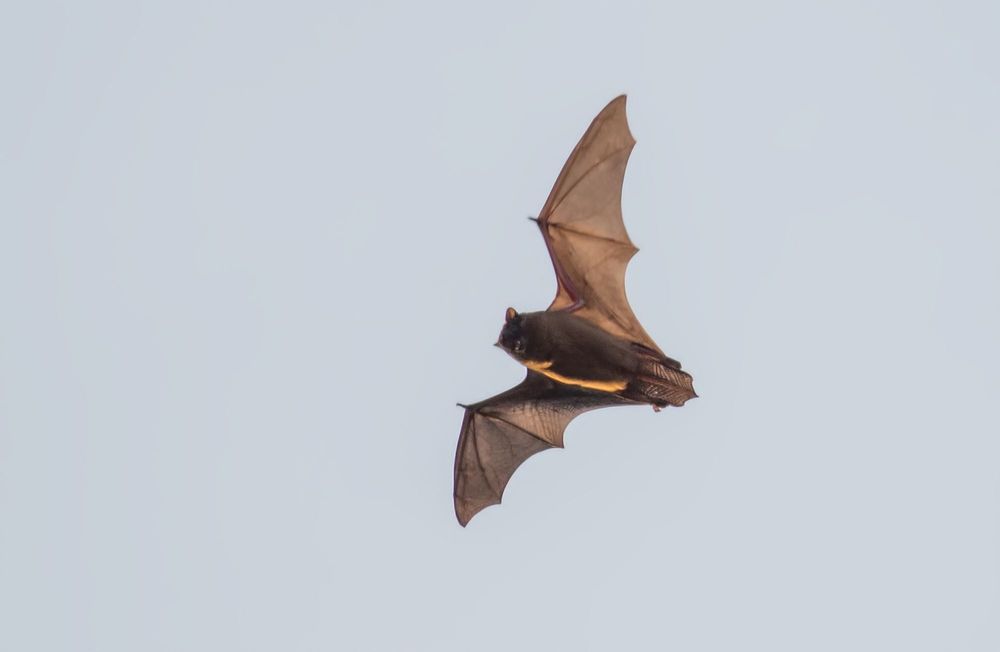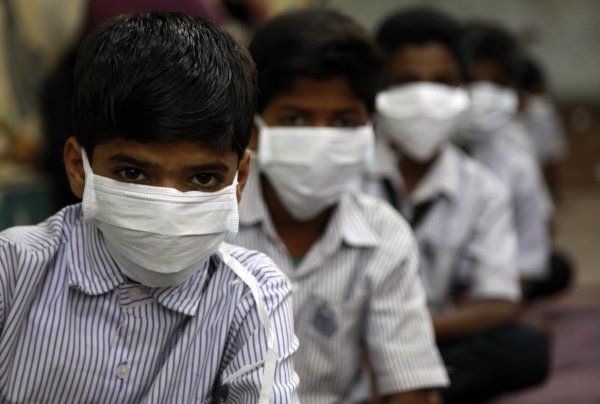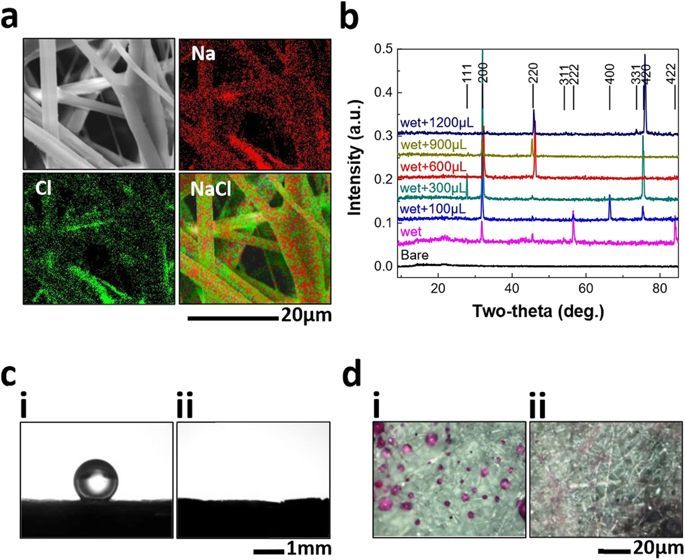Circa 2011
In tests, the new drug was effective against rhinoviruses that cause the common cold, the swine flu virus H1N1, a stomach virus, a polio virus and dengue fever.

Scientists from Tufts University, the University of Vermont, and the Wyss Institute at Harvard published early research in Proceedings of the National Academy of Sciences about robots made from heart and skin cells derived from frog embryo stem cells that they call xenobots. What does this mean for robotics and what are the ethical issues at play?
Starring tom merritt, sarah lane, len peralta, roger chang, annalee newitz.
Support Daily Tech News Show! https://www.patreon.com/dtns
Quick Hits:
https://www.theverge.com/2020/1/16/21069422/facebook-whatsap…sing-plans
https://www.theverge.com/2020/1/17/21070318/facebook-develop…ompetitors
https://www.thurrott.com/smart-home/228303/xiaomi-is-back-on…e-and-nest
Top Stories:
https://www.androidpolice.com/2020/01/17/exclusive-google-is…chrome-os/
https://www.trustedreviews.com/news/grab-google-stadia-premi…al-3970594
https://www.cnbc.com/2020/01/17/apple-may-be-forced-to-ditch…rules.html
https://www.scmp.com/tech/policy/article/3046346/shanghai-in…als-combat
https://thenextweb.com/artificial-intelligence/2020/01/17/go…ire-books/


A vaccine designed to combat severe acute respiratory syndrome (SARS) and technological advances in vaccine platforms are likely to quicken the time it will take to develop a vaccine for the novel coronavirus that has killed at least 132 people and sickened nearly 6,000 others.
“I’m reasonably confident that within three months or less we’ll be in a Phase 1 trial” for a coronavirus vaccine, which would be record speed for this type of trial, Dr. Anthony Fauci, director of the National Institute of Allergy and Infectious Diseases (NIAID), said during a Tuesday video interview with the medical journal JAMA. It took 3.2 months to get a Zika vaccine into trials, he added.

Though scientists and doctors around the world are trying to tackle the epidemics, there’s actually no cure or vaccination for saving patients from this deadly virus. However, Dr. Thanikasalam Veni, an Indian doctor who pays attention to Ayurveda and Siddha medicine, has created an herbal cure made from several plants in search of shutting down the invasion of Wuhan Coronavirus before it threatens more lives.
According to Dr. Thanikasalam, his cure basically consists of herb extracts, focusing on easing viral fever. Because experts have yet to come up with real Corona remedies, it’s considered an effective way to treat dengue, multi-organ failure as well as acute liver fever. With the availability of this new method, patients reportedly need to take just about 24–48 hours of curing to withstand the coronavirus infection.
In a statement, the Indian doctor said he aims to notice both the Chinese government and the World Health Organization (WHO) about the effectiveness of such herbal extract medicine for the multi-organ failure once a person has to suffer corona fever condition in most cases, which can result in his death.

Aerosolized pathogens are a leading cause of respiratory infection and transmission. Currently used protective measures pose potential risk of primary/secondary infection and transmission. Here, we report the development of a universal, reusable virus deactivation system by functionalization of the main fibrous filtration unit of surgical mask with sodium chloride salt. The salt coating on the fiber surface dissolves upon exposure to virus aerosols and recrystallizes during drying, destroying the pathogens.

Using digital ai generated medicines plus human on a chip systems you could get new medicines out not in years but hours.
The next generation of MOC design at TissUse aims for a Human-on-a-Chip, increasing the number of interconnected organs toward acceptable organismal complexity. This number of organs is supposed to be efficient to provide human organismal homeostasis, sufficiently flexible for diverse disease modelling and to bear the potential of ultimately replacing animal models for systemic substance testing.



A drug molecule invented entirely by artificial intelligence is set to enter human clinical trials for the first time, marking a critical milestone for the role of machine learning in medicine.
The new compound, which has been designed to treat patients with obsessive-compulsive disorder, was developed by Oxford-based AI start-up Exscientia in collaboration with the Japanese pharmaceutical firm Sumitomo Dainippon Pharma.
In a sharp acceleration of the typical path to drug development, which can take about four and a half years, the AI-designed compound reached the point of entering clinical trials within just 12 months.